Humidity Stalls Your Body’s Cooling, Strains Your Heart, Dehydrates You, and Harms Skin. Stay Cool, Your Health Depends on It.
Last updated on
Step outside on a summer afternoon when the air feels thick, and you’ll hear someone mutter, “It’s not the heat, it’s the humidity.” That throwaway line is truer than most people realize. A temperature of 95 degrees can feel like 117 when the air is heavy with moisture, according to the National Weather Service. That difference goes far beyond stickiness, tipping the scale between safe body temperature and dangerous heat stress.
Humidity moves past simple discomfort and shuts down the body’s natural cooling system. Sweat, designed to evaporate and carry heat away, lingers uselessly on the skin when the air is already saturated. The result is a rising core temperature, a racing heart, and mounting strain on vital organs. For some, that’s an annoyance. For others, older adults, children, or those with heart or lung conditions, it can be life-threatening.
Yet humidity is a double-edged sword. While high levels suffocate and overheat, low levels dry out the skin, crack nasal passages, and strip the body of its defenses against viruses. In both extremes, comfort turns into vulnerability. The real question is: where is the tipping point, when humidity shifts from an invisible background factor to a direct threat to health?
Understanding Humidity
Humidity is simply the amount of water vapor in the air, but how it’s measured makes all the difference. Meteorologists talk about it in three main ways: absolute humidity, relative humidity, and the dew point. Absolute humidity is the total amount of water vapor present in the air. Relative humidity (RH), the one you hear in weather forecasts, compares how much moisture is in the air to how much the air could hold at that specific temperature. It’s expressed as a percentage, which is why 70 percent humidity in chilly autumn feels nothing like 70 percent humidity in blazing summer.
The dew point, on the other hand, is the temperature at which the air becomes saturated and water begins to condense think of the fogging of glasses when you step inside on a cold day. For many experts, dew point is actually the most reliable measure of how sticky or oppressive the air feels. According to the National Weather Service, a dew point below 55°F is comfortable, 55–65°F feels muggy, and anything above 65°F is oppressive.
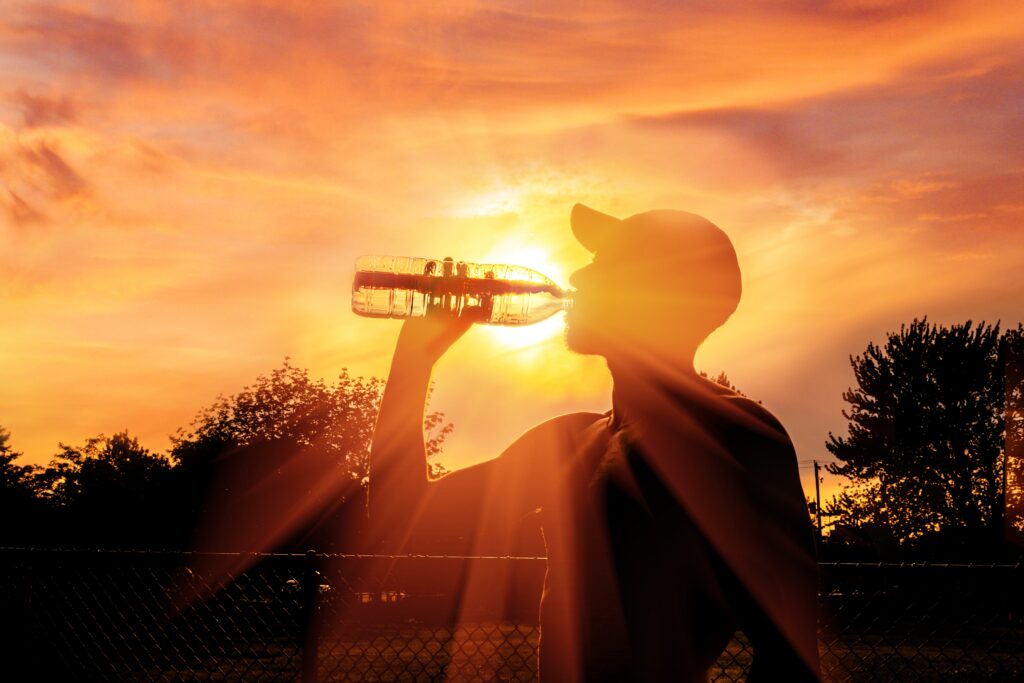
The link between temperature and humidity explains why our comfort level changes so dramatically with the seasons. Hot air can hold far more moisture than cool air. That’s why 95°F with 60 percent RH feels unbearable, while 40°F at 60 percent RH doesn’t feel sticky at all. To make sense of these differences, scientists use the heat index, which blends temperature and humidity into a single number to reflect what conditions “really” feel like to the human body. For example, at 95°F with 65 percent RH, the heat index climbs to 117°F. That’s not a perception trick it’s a measure of how hard your body has to work to keep its core temperature stable.
This foundation matters, because humidity is more than a number on a weather app. It’s a direct force acting on how your body regulates temperature, how your lungs process air, and how your skin retains moisture. The next step is understanding how your body responds to these shifts and why humidity can tip the balance from simple discomfort into real danger.
The Human Body and Humidity
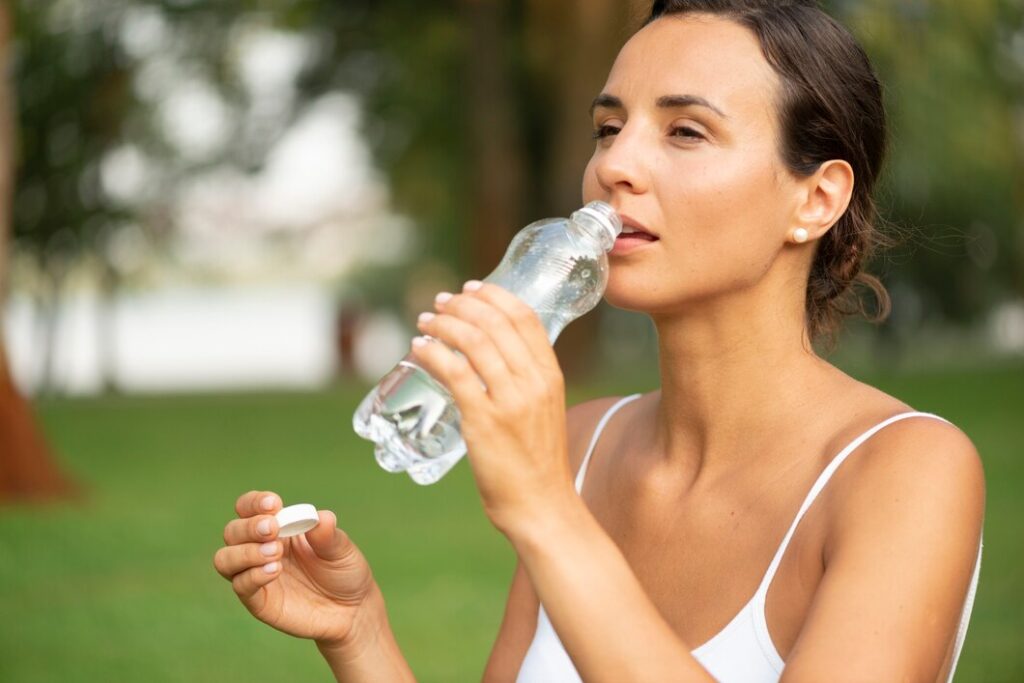
The human body runs on balance. Core temperature hovers around 98.6°F because every system enzymes, hormones, and organs depends on it. Even a few degrees too high or too low can push us into dangerous territory. To maintain that balance, the body uses several cooling mechanisms, and humidity interferes with nearly all of them.
The first line of defense is radiation. When the air is cooler than your body, heat flows outward, much like warmth escaping from a cup of coffee. But once the air temperature approaches body temperature, radiation loses its power. That’s when the body leans heavily on evaporation of sweat. Each bead of perspiration carries heat away as it evaporates from the skin. On a dry day, that system is remarkably efficient a teaspoon of evaporated sweat can cool the bloodstream by about 2°F, according to Harvard Health. But in humid air, where moisture levels are already high, sweat lingers and drips rather than evaporates. The cooling system stalls.
As evaporation slows, the cardiovascular system kicks in. Blood vessels widen, and blood flow is rerouted toward the skin in a desperate attempt to dump heat. The heart responds by pumping harder, sometimes circulating two to four times more blood per minute than it does on a cool day. This surge keeps skin flushed but drains energy and strains the heart. Add dehydration caused by continuous sweating without adequate fluid replacement and blood volume drops, making circulation even harder.
The lungs are also pulled into the battle. Humid air is denser, which makes each breath require more effort. For those with asthma, COPD, or allergies, the combination of moisture and trapped pollutants can narrow airways and trigger flare-ups. Meanwhile, the brain registers rising core temperature and signals fatigue, dizziness, or confusion warnings that the system is reaching its limits.
When Humidity Becomes Dangerous
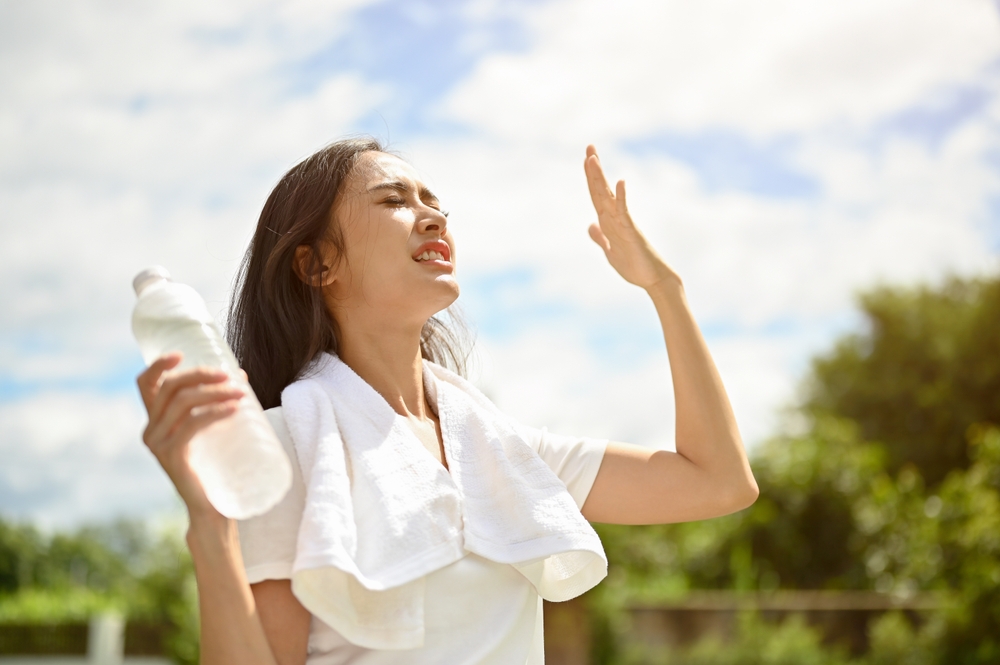
Not all humidity is harmful. In fact, moderate levels help the body maintain hydration and protect the skin and airways. The danger begins when humidity swings too high or too low and the thresholds vary depending on temperature, health status, and activity.
Outdoors, the combination of high humidity and heat is particularly treacherous. The heat index, a measure that blends temperature with relative humidity, is the best way to understand this risk. According to the National Weather Service, conditions become “dangerous” once the heat index rises above 103°F, and “extremely dangerous” above 125°F. That can happen on a 95°F day if relative humidity pushes past 65 percent. At that point, the body’s cooling system cannot keep up, and the likelihood of heat exhaustion or heatstroke rises sharply. A dew point above 70°F a common occurrence in coastal or tropical regions also signals oppressive conditions where the body struggles to cope.
Indoors, the story is different but no less important. When relative humidity climbs above 60 percent, mold, dust mites, and bacteria thrive. These can worsen allergies, asthma, and other respiratory issues, especially in children and older adults. Conversely, when indoor humidity drops below 30 percent—common in heated homes during winter skin, nasal passages, and eyes dry out, increasing susceptibility to infections.
Heat and Humidity Related Illnesses
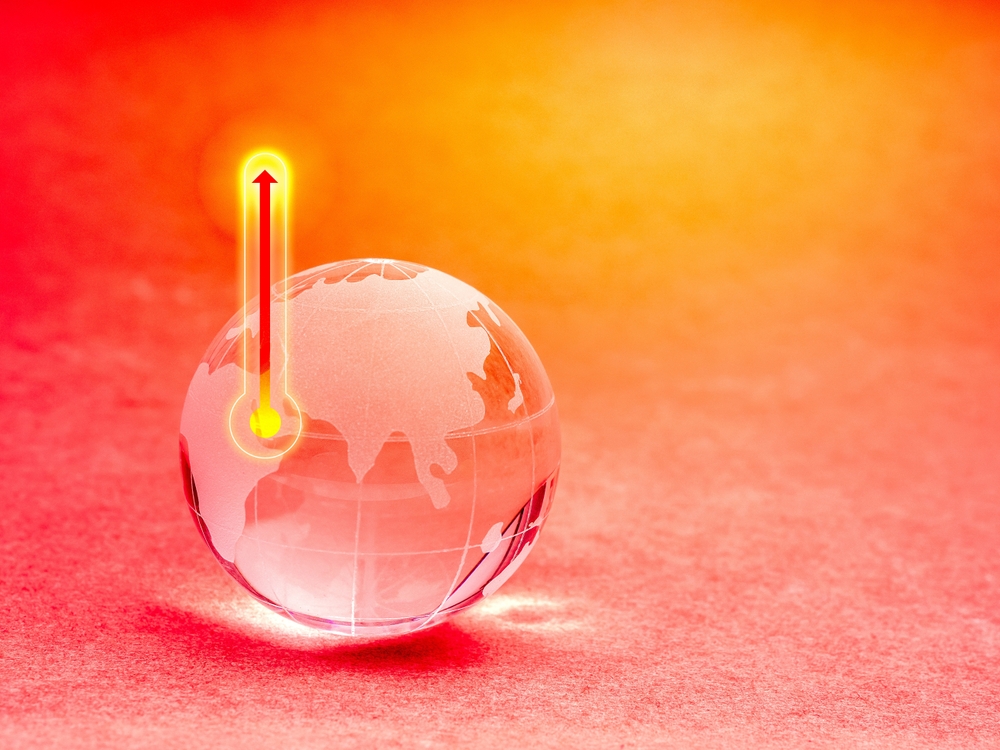
When humidity overwhelms the body’s cooling systems, the result isn’t just discomfort it can lead to a spectrum of heat-related illnesses, ranging from mild warning signs to life-threatening emergencies. Each stage reflects the body’s escalating struggle to maintain a safe core temperature.
The earliest signs often appear as heat rash, a skin irritation caused when sweat becomes trapped in blocked glands. It looks like clusters of red bumps, usually on the chest, back, or underarms. While not dangerous on its own, it signals that the body is struggling to cool itself effectively.
Next come heat cramps, painful muscle contractions typically triggered by loss of sodium, potassium, and other electrolytes through heavy sweating. These cramps often strike the legs or abdomen after exertion in hot, humid conditions. The Mayo Clinic notes that rehydrating with fluids and electrolytes usually relieves them, but ignoring cramps can allow the problem to progress.
If fluid and salt losses continue unchecked, heat exhaustion sets in. This stage is marked by dizziness, nausea, weakness, headache, and sometimes fainting. Body temperature may climb but usually stays below 104°F. According to the CDC, untreated heat exhaustion can evolve into heatstroke, especially in prolonged high-humidity exposure or with continued exertion.
Heatstroke is the most dangerous point on this spectrum. Defined as a body temperature of 104°F or higher, it signals that the body’s thermostat has failed. Sweating may stop altogether, mental status deteriorates confusion, agitation, or slurred speech are common and organ damage begins. Without rapid cooling and emergency care, heatstroke can be fatal. The World Health Organization emphasizes that even suspicion of heatstroke warrants immediate medical intervention.
Who Is Most Vulnerable to Dangerous Humidity

Humidity does not strike everyone equally. While healthy young adults may find sticky air draining, certain groups face far greater risks when moisture in the air rises or falls beyond safe limits. Their bodies either struggle to adapt or are already taxed by existing conditions, leaving little margin for error.
Older adults are at the top of the list. With age, sweat glands become less efficient, circulation slows, and the body’s thirst response weakens. This makes it harder to stay hydrated and harder to shed heat through sweat or increased blood flow. According to the CDC, adults over 65 are among the most likely to suffer heat-related illness or death during humid heat waves.
Infants and children are also vulnerable. Their small bodies heat up faster than adults, and they rely on caregivers to regulate their environment and fluid intake. Pediatricians warn that babies can become dangerously overheated in conditions adults might tolerate, particularly if bundled or left in poorly ventilated spaces.
People with chronic medical conditions such as heart disease, asthma, COPD, diabetes, or kidney disorders face heightened risk. For those with heart problems, humidity forces the heart to pump harder just as dehydration thickens the blood. For those with lung disease, dense humid air narrows airways and worsens breathing difficulties. The Mayo Clinic notes that even mild dehydration can destabilize blood sugar in people with diabetes, compounding risks.
Medications can also tip the balance. Beta blockers slow the heart, diuretics increase water loss, and antihistamines or certain antidepressants can impair sweating. These side effects reduce the body’s ability to adjust to humid conditions, even in otherwise healthy individuals.
Finally, outdoor workers and athletes are especially exposed. Construction workers, farmhands, delivery drivers, and endurance athletes spend long hours in environments where heat and humidity combine. Without proper breaks, shade, and hydration, the risk of heat cramps, exhaustion, and stroke rises rapidly.
Low Humidity: The Other Extreme

While high humidity grabs attention for its sweltering discomfort and heat dangers, the opposite end of the spectrum can be equally taxing on the body. Low humidity, often seen in cold winter months or in over-conditioned indoor environments, strips moisture not just from the air but from us. Since the human body is about 70 percent water, this steady siphoning of moisture affects multiple systems.
The skin is often the first to signal trouble. Dry, itchy patches, chapped lips, and even cracking are common when humidity dips below 30 percent. For those with eczema or other skin conditions, low humidity can worsen flare-ups and compromise the skin’s protective barrier, opening the door to irritation and infection. Dermatologists warn that once the skin cracks, microbes have a direct entry point, raising the risk of illness.
The respiratory system also suffers. Mucous membranes in the nose and throat are designed to moisten incoming air and trap pathogens. When the air is too dry, these membranes dry out, leading to nosebleeds, sore throats, and reduced ability to filter viruses and bacteria. This is one reason colds and flu spread so efficiently in dry winter air. A 2019 study published in the Annual Review of Virology noted that influenza viruses survive and transmit more easily in low-humidity environments.
The eyes are another casualty. Tears evaporate more quickly, leading to irritation, redness, and in some cases blurred vision. People who wear contact lenses are especially prone to discomfort in arid air.
Finally, the lungs themselves can lose moisture to excessively dry air. Each exhale releases water vapor, and in dry environments, the rate of this loss accelerates. Over time, this contributes to dehydration without the person even realizing it.
The solution lies in maintaining balance. Health experts recommend keeping indoor humidity between 35 and 50 percent to protect skin, airways, and eyes. Humidifiers can help restore comfort during dry months, while hydration from the inside drinking plenty of water remains essential. Low humidity may not feel as suffocating as a muggy afternoon, but its quiet erosion of the body’s defenses makes it a hazard worth equal attention.
How to Protect Yourself in High-Humidity Conditions
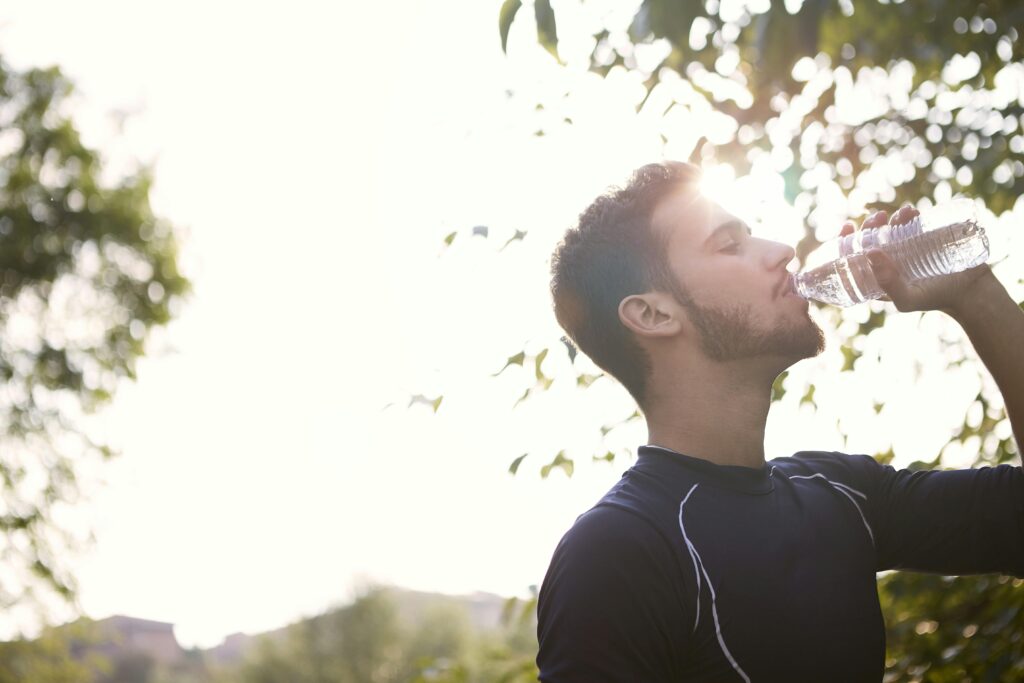
The good news is that while you can’t control the weather, you can control your response to it. Protecting yourself from the dangers of high humidity comes down to staying ahead of heat stress and giving your body every possible advantage to regulate its temperature.
-
- Hydration is the first line of defense: Don’t wait until you feel thirsty by the time thirst kicks in, you’re already dehydrated. In humid conditions, fluid loss happens continuously through sweat that doesn’t evaporate. Water should be your mainstay, but if you’re sweating heavily, pairing it with electrolyte-rich fluids helps replace sodium and potassium that are lost. Sports drinks can be useful, though experts caution against those high in added sugar. The Harvard T.H. Chan School of Public Health emphasizes that plain water and light, balanced meals are often the simplest way to stay on track.
-
- Timing and activity choices matter: Early mornings and late evenings are safest for outdoor work or exercise. Midday, when sun and humidity combine, is the riskiest window. Even healthy people should scale back intensity during these hours. For athletes and outdoor workers, scheduled rest breaks in shaded or air-conditioned environments are essential.
-
- Clothing can make or break your comfort: Lightweight, breathable fabrics such as cotton or moisture-wicking blends allow air to circulate and sweat to evaporate more effectively. Loose fits are better than clingy ones, which trap heat and sweat against the skin. Hats and sunglasses not only block sun exposure but also reduce the body’s overall heat load.
-
- Use cooling strategies to your advantage: Air conditioning is the most reliable safeguard. If that isn’t available, public spaces like libraries, malls, or community centers can offer refuge. Fans help only when air temperature is below body temperature; otherwise, they circulate hot air without cooling. Cold compresses on pulse points like the neck, wrists, and underarms—can bring core temperature down quickly.
-
- Monitor indoor air: A hygrometer, an inexpensive device, can show you real-time humidity levels inside your home. If indoor humidity rises above 60 percent, mold and allergens may thrive. Dehumidifiers are specifically designed to bring levels down, working hand in hand with air conditioning to create safer conditions.
Climate Change and the Future of Humidity Risks
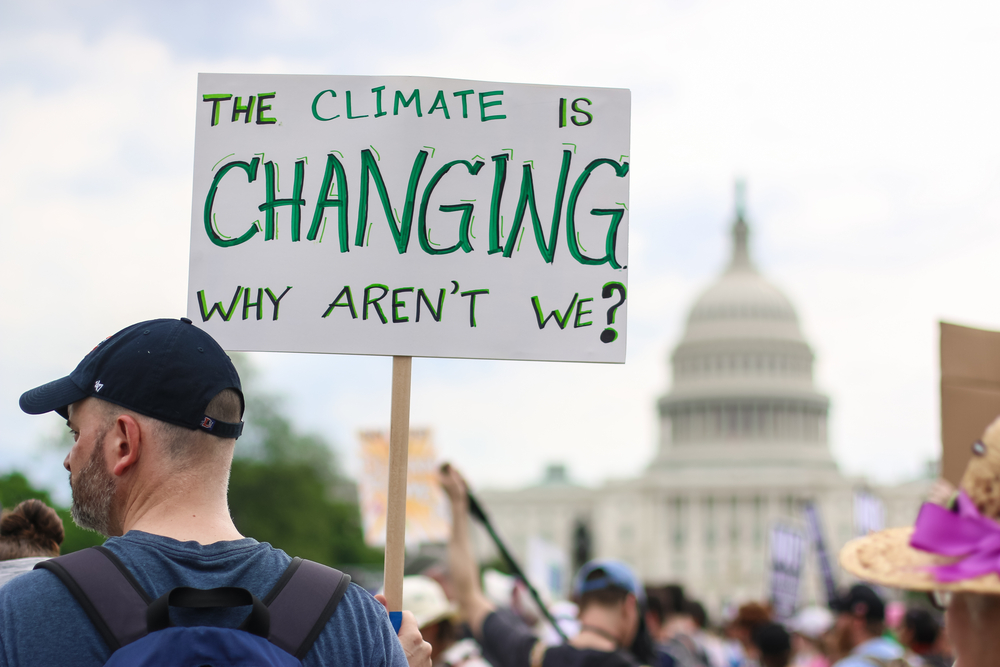
Researchers are increasingly concerned about the “wet-bulb temperature,” a measure that combines heat and humidity to indicate the point at which the human body can no longer cool itself effectively. A wet-bulb temperature of 95°F is considered the upper limit of human survivability for even healthy adults in the shade with unlimited water. Studies published in Science Advances and Nature Climate Change show that parts of South Asia, the Middle East, and the U.S. Gulf Coast have already experienced episodes approaching this threshold. With continued warming, these once-rare extremes may become far more common.
Urban environments face a compounded challenge. Cities trap heat through concrete and asphalt, a phenomenon known as the urban heat island effect. When paired with high humidity, this can turn neighborhoods into hotspots where residents have little chance to cool down, particularly if they lack access to air conditioning. Vulnerable populations elderly residents, people with chronic illness, and those in low-income housing are often least able to adapt.
Climate change also influences humidity indoors. Stronger storms and flooding create persistently damp environments, fueling mold growth and worsening respiratory health. Meanwhile, extended heat waves increase reliance on air conditioning, which dries out the air indoors and can swing humidity to the opposite extreme. These cycles leave people bouncing between risks of too much and too little humidity.
Staying Safe in a Humid Future
Humidity has always been a quiet force shaping how our bodies feel, breathe, and function. But in extremes whether it’s the suffocating weight of a muggy afternoon or the parched dryness of a heated winter home it becomes more than discomfort. It becomes a threat. High humidity stalls our cooling systems, strains the heart, and depletes fluids faster than we realize. Low humidity, just as insidious, cracks the skin, dries out airways, and weakens our natural defenses. Both ends of the spectrum demand vigilance.
The safe zone typically between 35 and 50 percent indoors, and a heat index below dangerous thresholds outdoors is not a trivial guideline. It’s a lifeline. For children, older adults, people with chronic conditions, and anyone exposed to extreme weather, respecting these numbers means the difference between resilience and crisis. As climate change accelerates and humidity extremes become more frequent, our ability to adapt will depend on awareness, preparation, and community action.
Humidity is not just a background detail of weather reports. It is a health factor, one that deserves the same attention we give to diet, exercise, or sleep. By monitoring it, adjusting our habits, and protecting the most vulnerable among us, we transform humidity from a hidden hazard into a manageable part of daily life. Staying cool, staying hydrated, and staying alert are not luxuries they are acts of protection for body and mind in an increasingly humid world.
Some of the links I post on this site are affiliate links. If you go through them to make a purchase, I will earn a small commission (at no additional cost to you). However, note that I’m recommending these products because of their quality and that I have good experience using them, not because of the commission to be made.

































 JOIN OVER
JOIN OVER
Comments